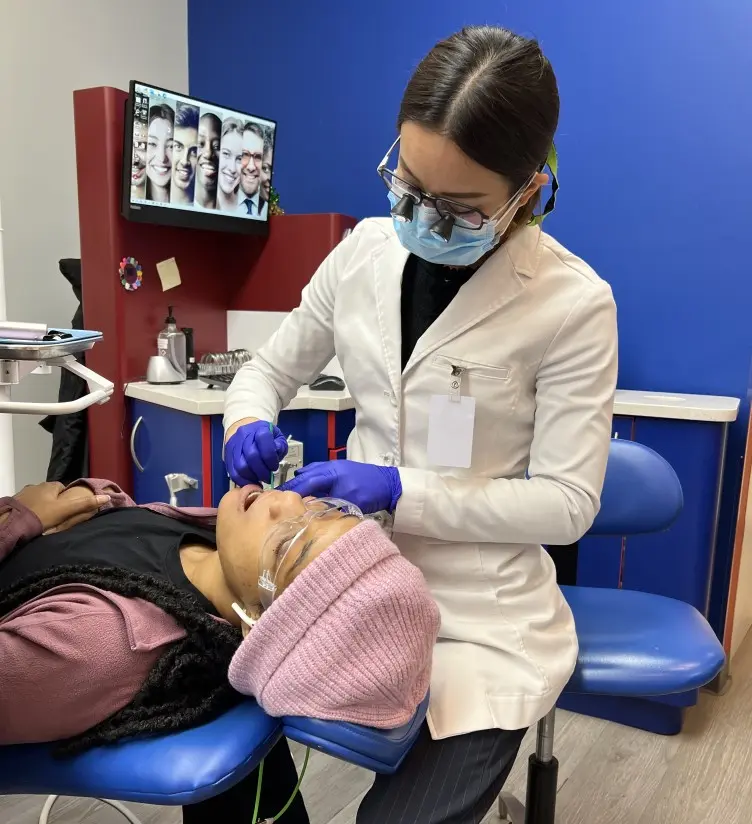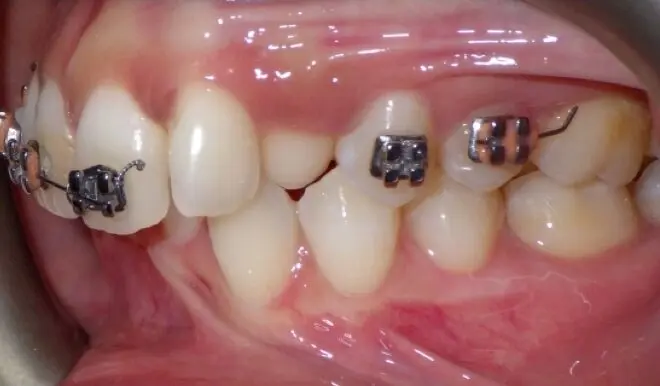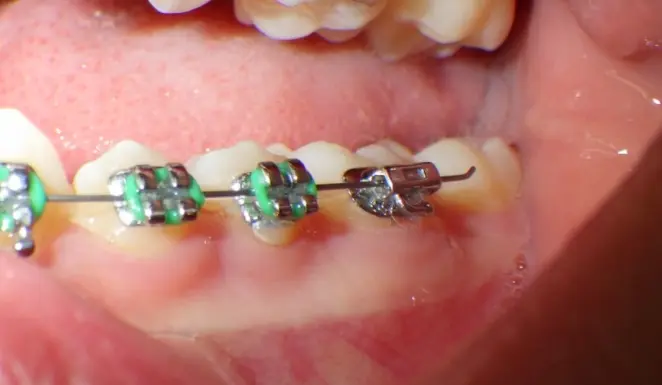
Many Orthodontic Emergencies
You can handle it at Home
Knowing what to do when you have an issue with your braces is crucial. This info makes sure your braces treatment journey stays on track without any hiccups! Some problems can be solved with items you have at home. But for others, you may need to schedule an appointment and visit the office immediately.
Orthodontic emergencies are rare. Yet, when they occur, you can often find a simple solution at home. This article breaks down what counts as a braces emergency. Additionally, it will guide you on how to manage these situations at home.
This manual will help you deal with typical orthodontic issues. You can do this using tools that are readily available in your home. Thus, you don't need to hurry to the workplace for problems that you can manage from home!>
Remember, if you can’t resolve the issue at home, don’t hesitate to call your orthodontist. They can give more advice or set up a chat if needed. Stay prepared with these orthodontic emergency at-home solutions and ensure a smooth orthodontic treatment journey.
Explore your options with a consultation
